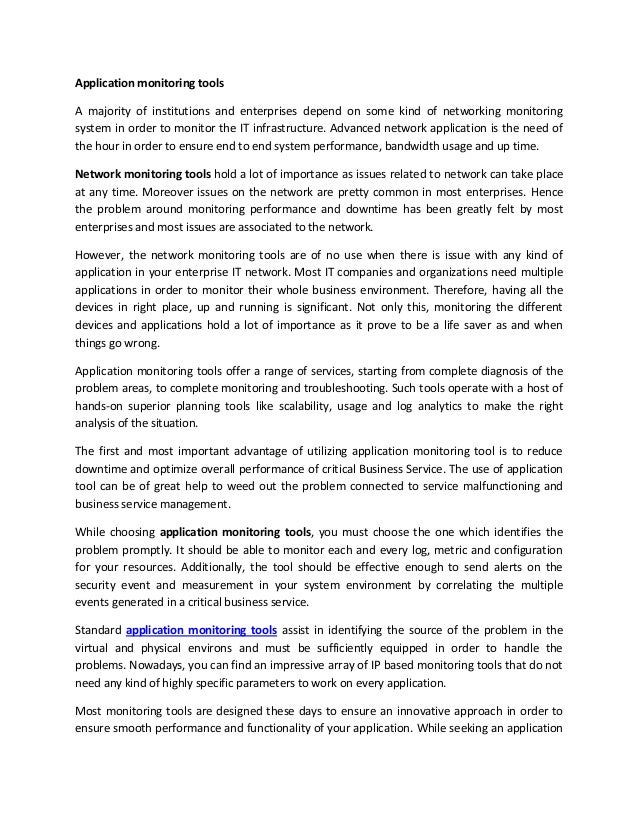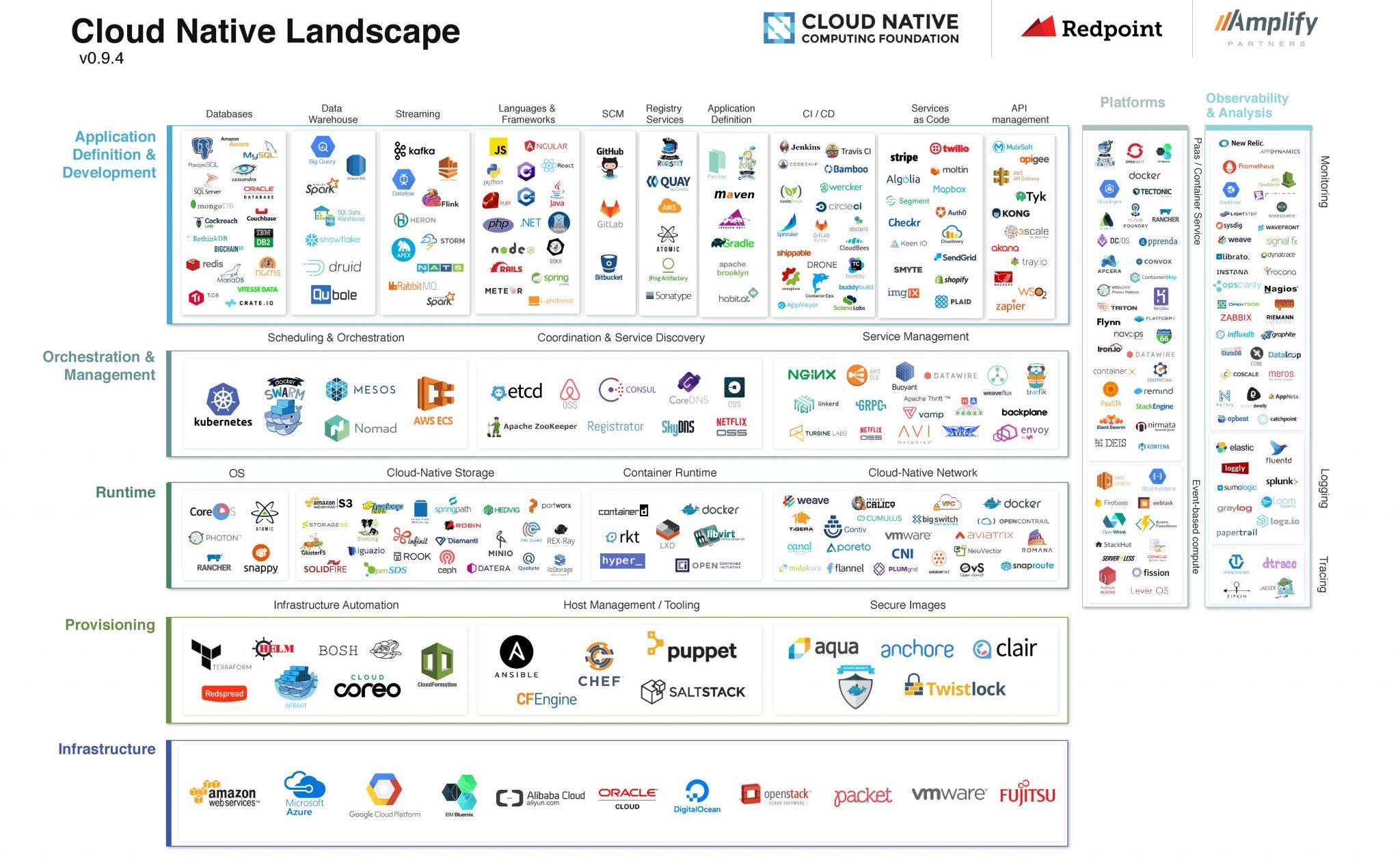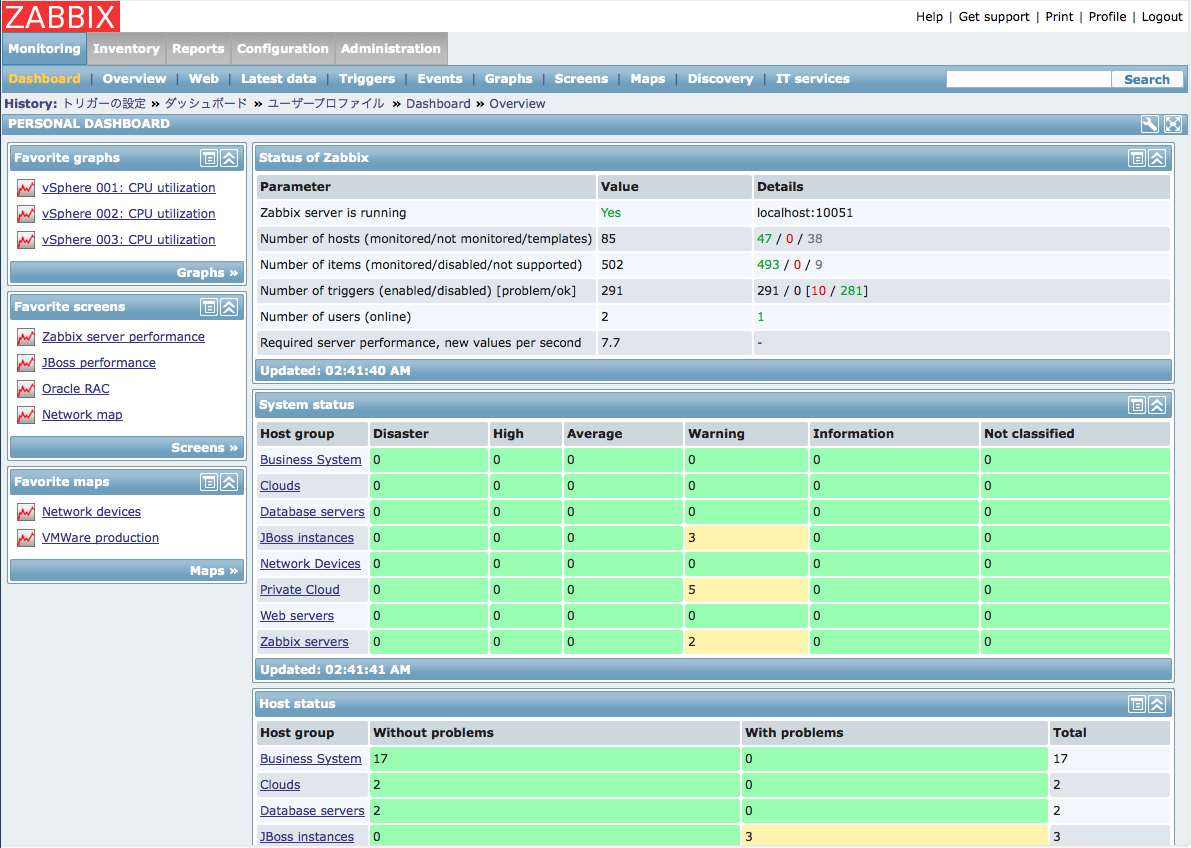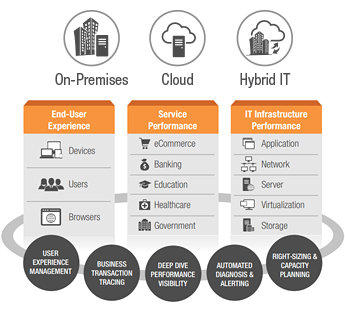
- WEB APPLICATION MONITORING TOOLS SOFTWARE
- WEB APPLICATION MONITORING TOOLS CODE
- WEB APPLICATION MONITORING TOOLS WINDOWS
Using the tables above, determine if each factor applies to your application. The application requires an SSL certificate to run. The organization hasn't yet configured a VPN connection between Azure and their on-premises environment. The application requires access to on-premises resources, which will require VPN connectivity from Azure. The organization hasn't yet configured Azure Active Directory (Azure AD), or hasn't configured Azure AD Connect to synchronize on-premises AD with Azure AD. The application uses Active Directory to authenticate users. The application isn't part of the organization's disaster recovery plan. The application doesn't write to a log store, event log, log file, log database, or Application Insights. The application writes to a log store, event log, log file, log database, or Application Insights. The application has measured SLA in place, and the operations team monitors the application's performance. The application doesn't use monitoring tools, and the operations team doesn't monitor the app's performance. The application doesn't have a well-established instrumentation strategy or standard instrumentation framework. The web application saves its session state in process, rather than an external data store. The application experiences peak or variable usage times or loads. The application has a Service Level Agreement (SLA) that dictates the amount of expected downtime. There's no automated release process to deploy the application. There's no automated build process like Azure DevOps Server or Jenkins.
WEB APPLICATION MONITORING TOOLS CODE
The application code isn't under source control. Using existing code and data is a #1 priority. You can reduce deployment risk by storing code under source control in a version control system such as Git, Azure DevOps Server, or SVN. When assessing deployment requirements, consider:
WEB APPLICATION MONITORING TOOLS WINDOWS
The application uses Windows Services to process asynchronous operations, or needs external services to process data or operations. The application stores data on local disks, and needs access to the disks to operate properly. The application uses SQL Server as its data store. The application sends emails, and needs access to an SMTP server. The application accesses the server's registry. The application is hosted in a single datacenter, and operations are performed in a single location.
WEB APPLICATION MONITORING TOOLS SOFTWARE
The application requires third-party software to be installed on the servers. The application is hosted in a web farm, and requires multiple servers to host the web components. This is not a web-based application, and isn't hosted on a web server. The application is subject to data requirements that are specific to the country/region. This application has compliance requirements. There are business blockers for migration. There are technology blockers for migration.

This application has been around for more than three years. Older applications might require extensive changes to get to the cloud.

The application needs major, complex code changes to run in Azure. The application needs code changes to run in Azure. FactorĪpplication components don't translate directly to Azure. Architectureĭefine the high-level architecture, such as web application, web services, data storage, or caching.

Complexity and riskĮach of the following factors adds to complexity, risk, or both.

The following checklists evaluate an application to determine the complexity and risk of rearchitecting or rebuilding. For multitier architectures, evaluate the presentation tier, service tier, integrations tier, and data tier. Consider application lifecycle, technology, infrastructure, performance, and operations and monitoring. Rebuild is especially appropriate for applications that previously met business needs, but are now unsupported or misaligned with current business processes.īefore you decide on an appropriate strategy, analyze the current application to determine the risk and complexity of each method. If the changes or costs to carry an application forward are too great, consider creating a new cloud-native code base. Rearchitect aging applications that aren't compatible with cloud components, or cloud-compatible applications that would realize cost and operational efficiencies by rearchitecting into a cloud-native solution. Slightly refactoring an application to fit platform-as-a-service (PaaS)-based options can reduce operational costs. Also known as a lift and shift migration, rehost moves a current application to the cloud with minimal change. Cloud rationalization is the process of evaluating applications to determine the best way to migrate or modernize them for the cloud.


 0 kommentar(er)
0 kommentar(er)
